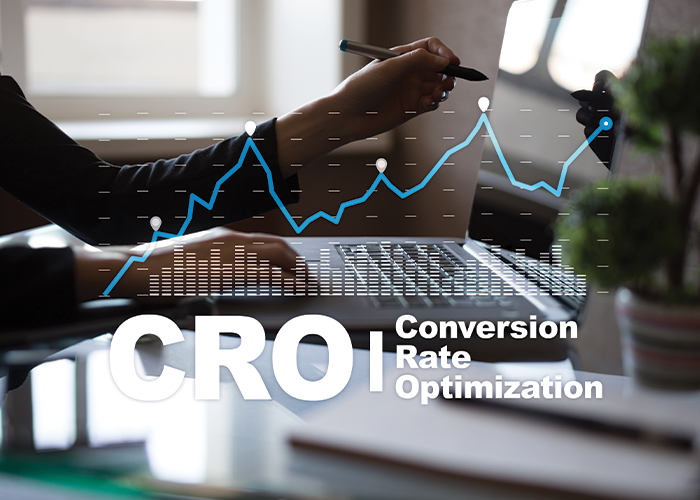4 Useful Tips to Increase Conversion In-Store

When it comes to your retail business, attracting shoppers is only half the challenge. Once you've got their attention, how do you turn their interest into a purchase? One of the most important things a retailer can do to improve conversion rates is to first understand why people don't buy. Is it the long queues, poor fixture displays, unhelpful staff or a combination of factors? Whatever the reason may be, these four tips on how to increase conversion rates will help you turn shoppers into buyers.
Tip 1: Store Layout and Window Displays
Assessing your window displays and store layout is a common starting point when dealing with low conversion rates. The dressing of your window needs to be engaging and relevant to your market in order to attract and draw customers into your store. Take a look at the article by Ray Hartjen from RetailNext titled,"The art of window displays" for inspiration.
When it comes to store layout, there's a natural inclination in terms of the order in which most consumers choose to shop. Once a shopper steps inside, they enter the decompression zone, which is the first five to 15 feet of your store. Think of this as a transition space - customers take a broad, sweeping look at the store and then decide whether to continue with their journey.
Studies reveal that most shoppers, in fact 90 percent of them, turn to the right when they walk into a store. Shoppers tend to move counterclockwise through the physical space, which means that any display just to the right of the door is premium real estate. Shoppers will pay attention to displays in this location, and the displays should be stocked with high-margin goods. It's also important to have clean, wide and easily navigable aisles to help your shoppers move quickly and freely.
Tip 2: Queue Management
Shoppers can be easily put off your store if they see a lengthy queue that's not moving fast. However, there are a number of tried and tested tricks to get your queue moving and increase conversions.
First and foremost, consider placing registers at the back of your store. If you run your registers close to your entrance, the queue will be the first thing shoppers notice instead of your products.
Furthermore, instead of having one line that leads to multiple checkouts, consider having multiple queues that lead to several checkouts. This type of queueing system will prevent shoppers from pushing in-front of the queue and create the illusion of a shorter line.
Lastly, invest in a quality mobile POS system. By allowing your employees to ring customers anywhere on the floor, you'll get rid of your queue altogether.
No matter what retailing segment you're in, any customer who has to wait in line for longer than expected will not enjoy her experience, and negative pre-purchase experiences greatly decrease conversion rates.
Tip 3: Staff Alignment
While there are many variables that impact in-store conversion rates, staff scheduling and deployment are toward the top of the list. Many store managers schedule their staff according to hours when, historically, most sales were made, rather than the time periods denoted by the highest levels of shopper traffic walking through the door. However, this type of staff scheduling tends to do more harm than good, as high levels of shoppers are likely underserved by sales associates during peak traffic periods.
Simply put, don't staff to days and hours of historical sales peaks. You'll be better off to staff to days and hours of historical shopper trafficpeaks.
Additionally, retailers need to bear in mind how staff are deployed - servicing shoppers versus tending to routine, relatively non-time sensitive tasks like stocking, pricing and the like. Aligning staff schedules to traffic will not improve conversion rates if staff continue to focus on tasking instead of serving customers.
Tip 4: Skills Development and Staff Training
In general, low conversion rates frequently boil down to poor merchandising and/or poor selling techniques. Retailers vary in sales philosophies. However, helpful sales associates who listen to customers and make recommendations can significantly boost conversions. Effectively training employees on how to help a shopper explore product options, ask about concerns and make helpful recommendations pays dividends.
Make sure your staff understands what retail traffic conversion is and how each one of them has a hand in influencing it. Facilitate staff meetings where you determine targeted goals for your individual and store-wide conversion rates. Turn it into a collaborative or competitive staff effort that will be rewarded. Either way, get the staff excited about increasing conversion rates. If your staff isn't passionate about improving conversion rates, then conversion rates will not go up, no matter what you try to do on your own.
Once you get your staff excited about improving conversion, you can train them in effective ways to help shoppers and encourage them to buy.
Increasing your store's conversion rate is no simple task, but by using the above methods, you'll find that you can reach your goals. The best way to track your conversion rate is by using a traffic counting system like RetailNext's Traffic 2.0 solution that integrates with your POS and delivers the ratio of people who came in and purchased to those who entered and left without converting.
Join the #retail, #inspiringretail and #SmartStore conversations on Twitter @TalithaLoftus & @RetailNext, as well as at www.facebook.com/retailnext.
About the author:

Talitha Loftus, RetailNext